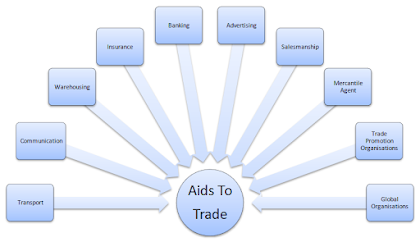Composition of India's Foreign Trade - Import and Exports
 Introduction to India's Foreign Trade ↓
Introduction to India's Foreign Trade ↓
Foreign Trade is one of the significant macro fundamental variable of an economy. India till recently was predominantly a primary goods exporting and mainly an industrial goods importing country.
In 1950s, India's share in the world trade was 1.78% which was decline to 0.59% in 1990 and continues to remain around 0.60% till now. India's share in world exports was 0.8% in 2006.
 A. Composition of India's Exports ↓
A. Composition of India's Exports ↓
Britishers strongly believed that India was a country well suited to supply raw materials and other primary goods and a good market place for British manufacturers. So at the time of our independence our exports were predominantly of primary goods and imports were of manufacturers. At the time of independence agricultural commodities and light manufactured consumer goods dominated India's export basket. During the post independence period India's composition of exports changed.
Now exports of India's are broadly classified into following four categories.























